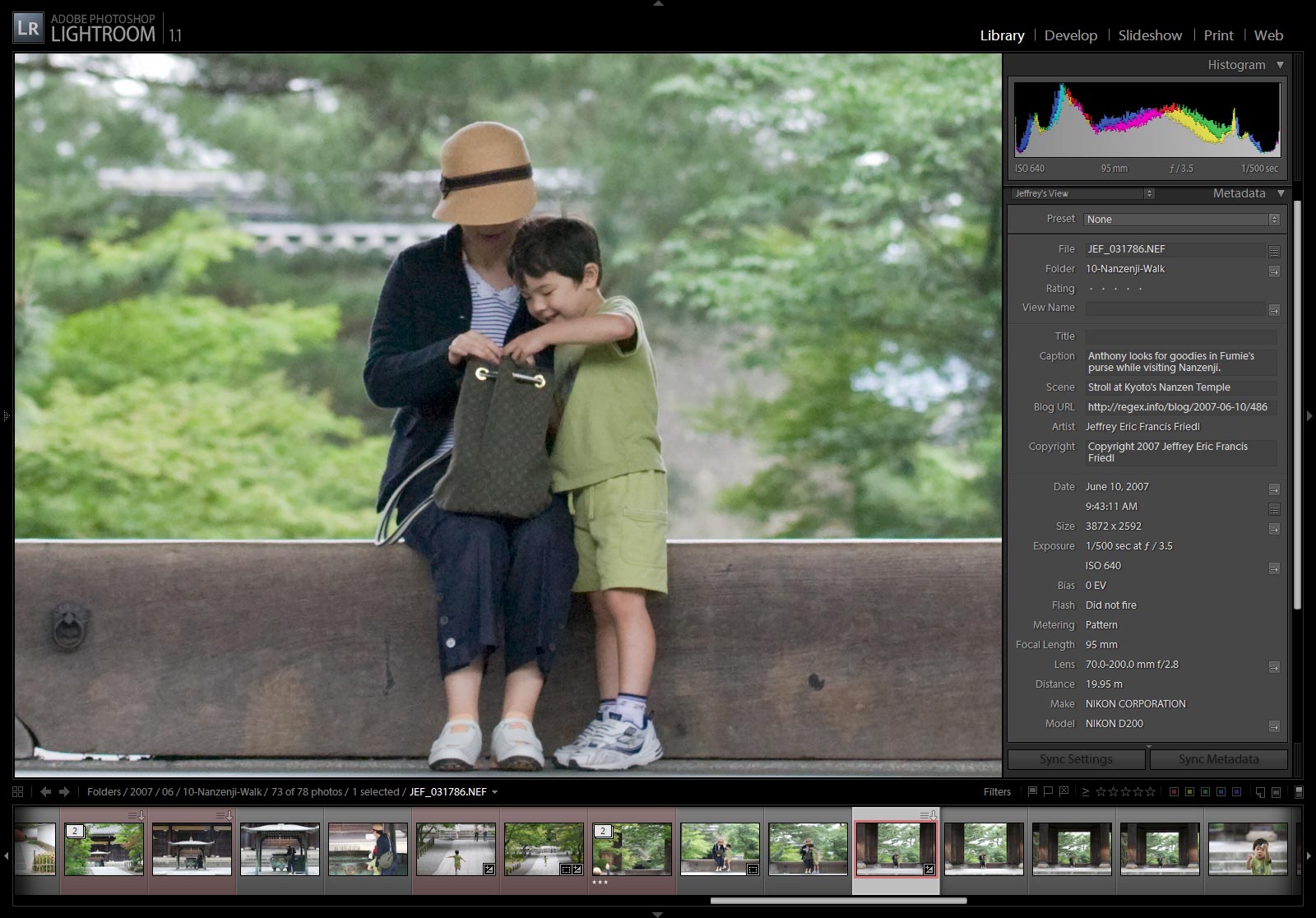
If you forget to do this, there is a way to correct it later, but it will be much more seamless if you do it beforehand. It should be set to the actual local time zone in which you are shooting, as once you import the data, Lightroom will try to synchronize the time of the EXIF data from the camera with the time of the recorded data from the GPS logger. Something that’s important before you start: to avoid headaches, is to always wise to check your camera clock. Of course there are other options on the market all you need is to be sure that you’ll be able to obtain and export the recorded tracks from the device. It is small, convenient and pro-rated, and it can be paired with up to five devices at the same time via Bluetooth. I have tried a couple of loggers and ended up with the Bad Elf 2200 GPS Pro.
#Gps4cam lightroom software
tools that can be used either as standalone apps or plug-ins for third-party software like Adobe Photoshop and Lightroom Classic.

As I always carry at least two camera bodies, this is option I utilize. Re: gps4cam is a handy iPhone/Android app. The other option you have is to get an independent GPS tracker to record the data and then pair it with the photos. Now if you own multiple bodies, then you’ll need a different GPS device for each of them. At the simplest level, you simply attach a GPS data-logger to your camera and the location will be recorded into the EXIF of the photo at the time you take it.

Geotagging is a rather simple process and there are a couple different ways to do it.

If you intend to sell your photos at any time, adding the metadata pertaining to the location into the file is going to improve searches and make your photograph easier to find on the web. By geotagging your images, you’ll not only be able to remember the locations once you are back home, but also it will help on searches. For travel photography, geotagging your photos has become fundamental.


 0 kommentar(er)
0 kommentar(er)
